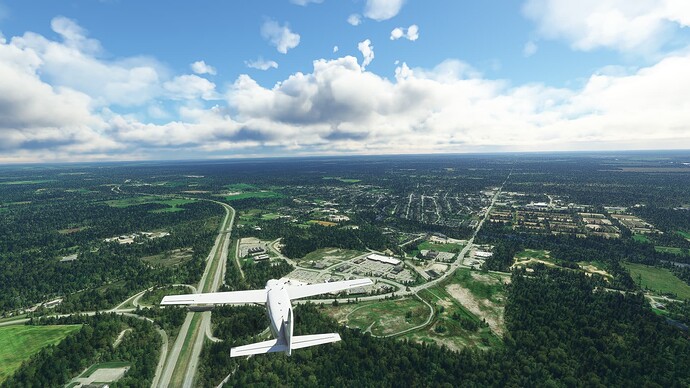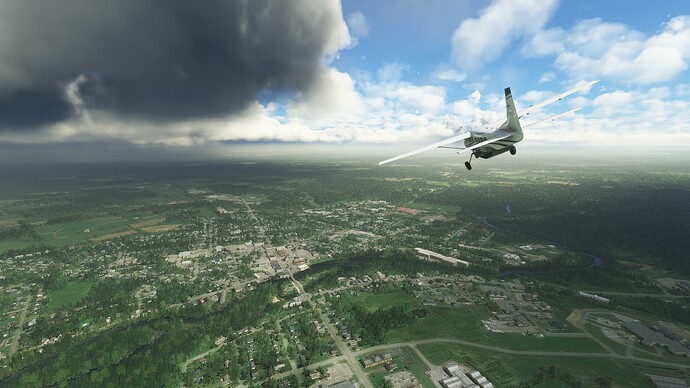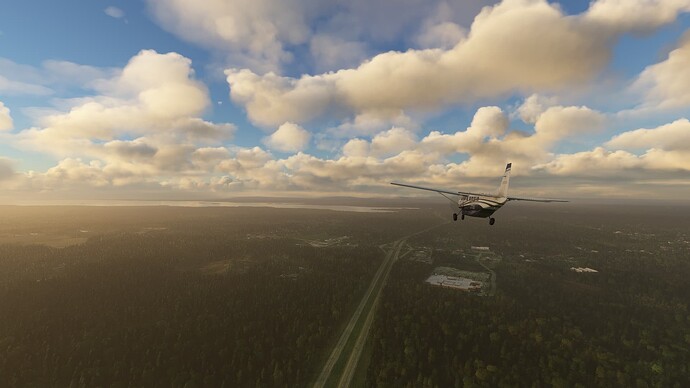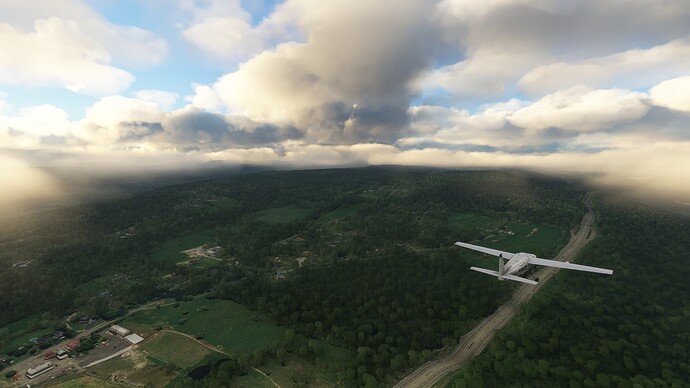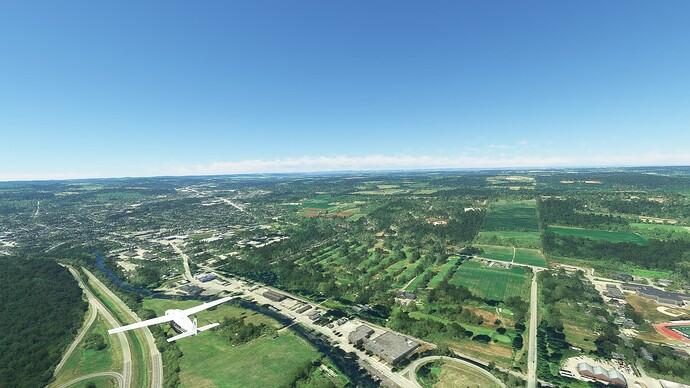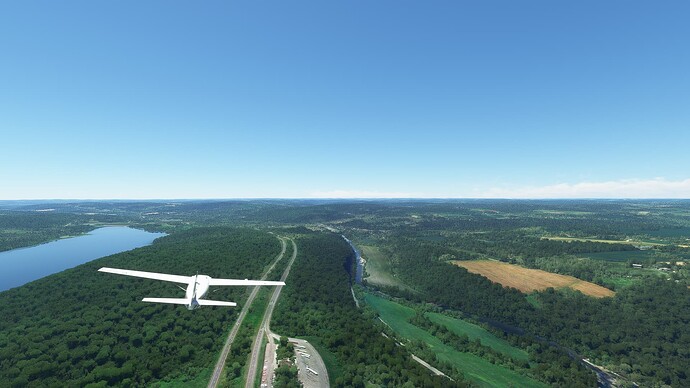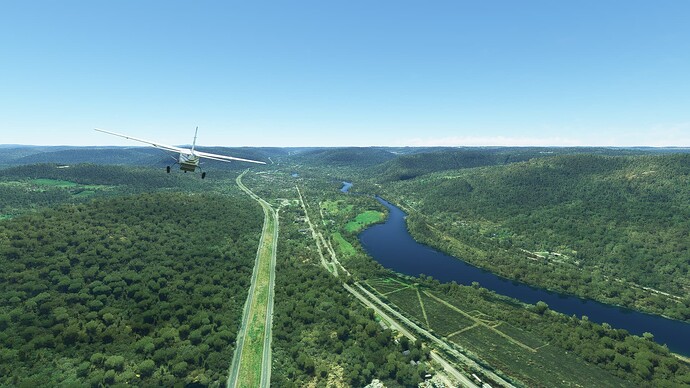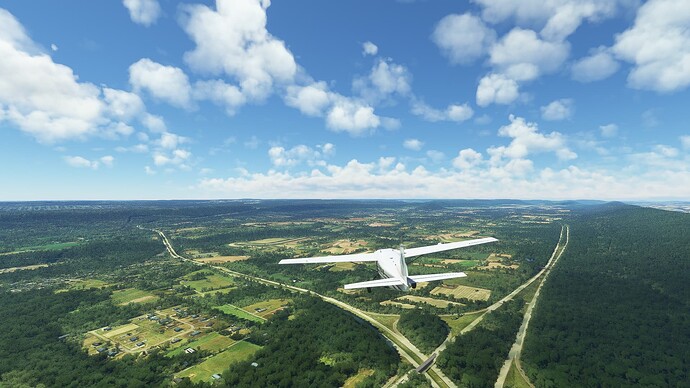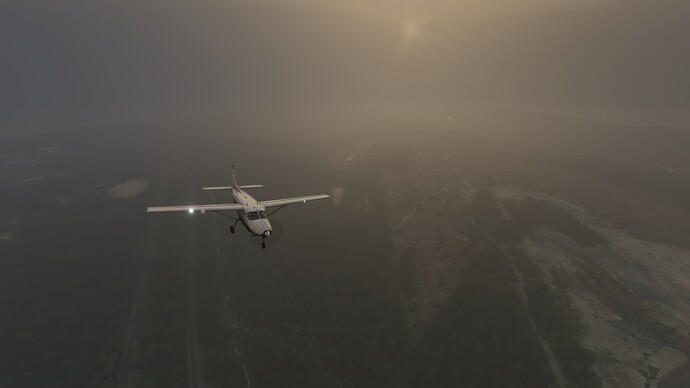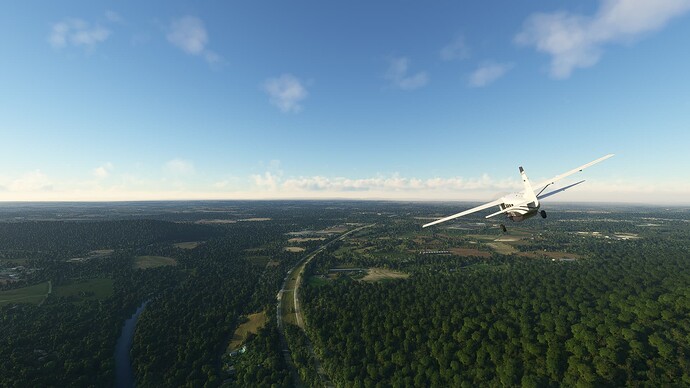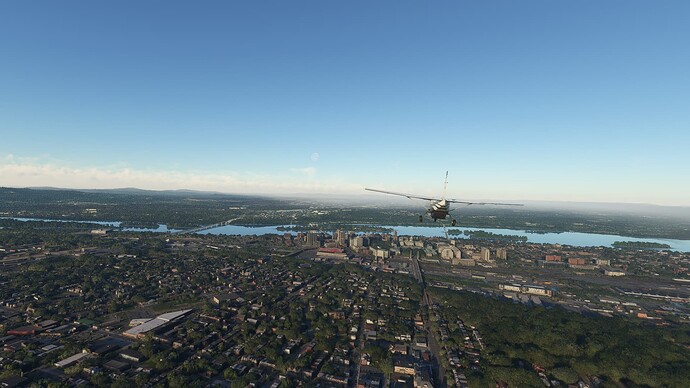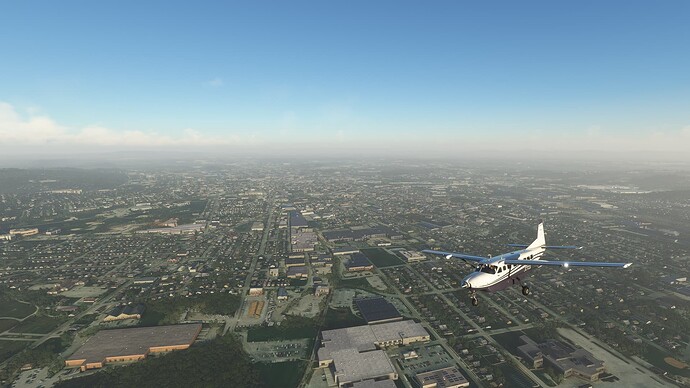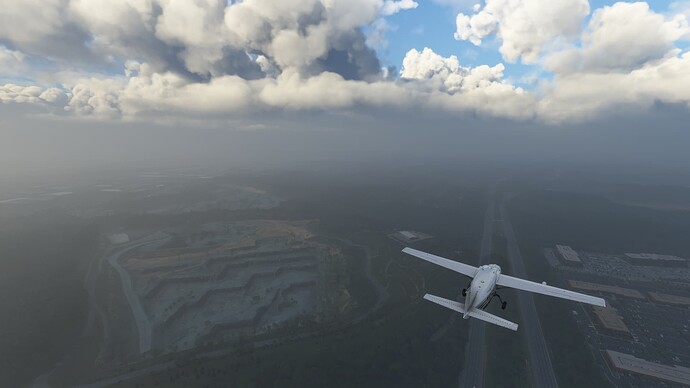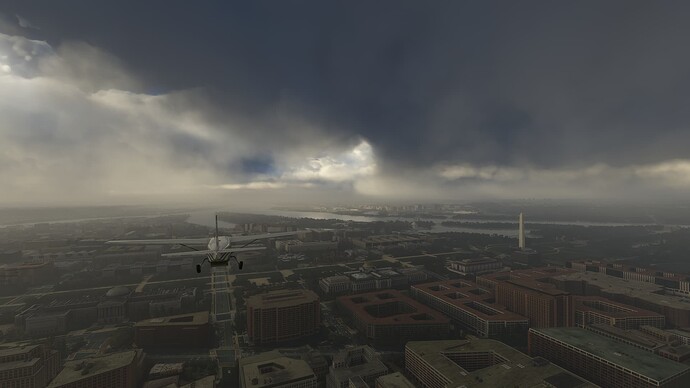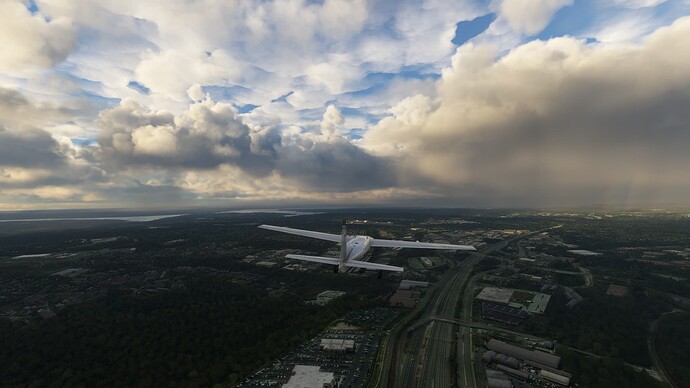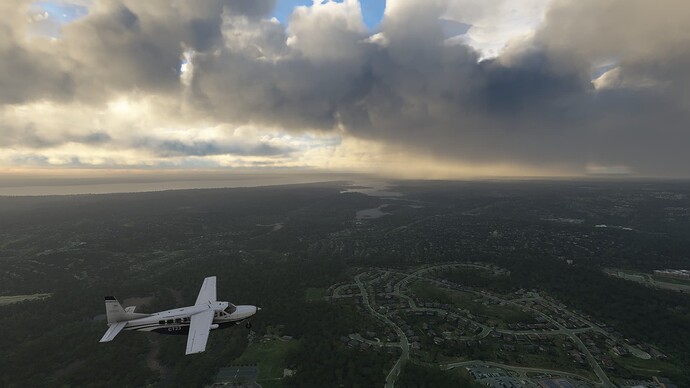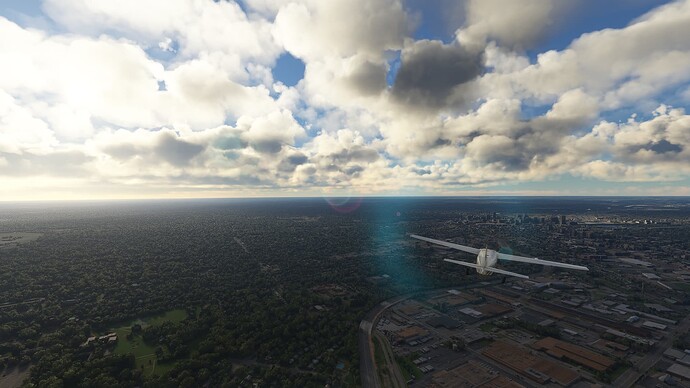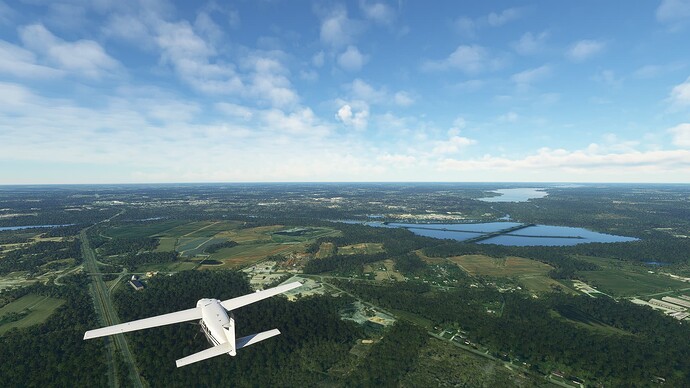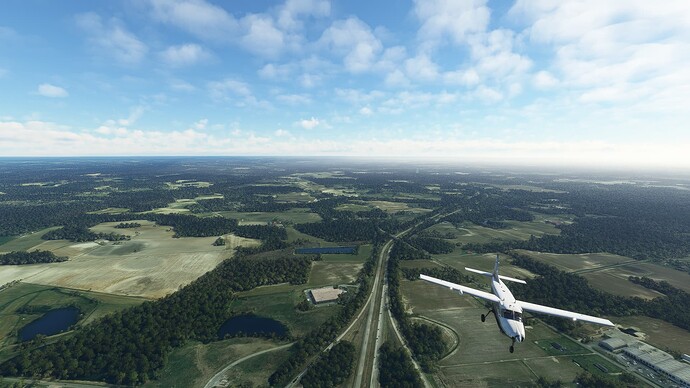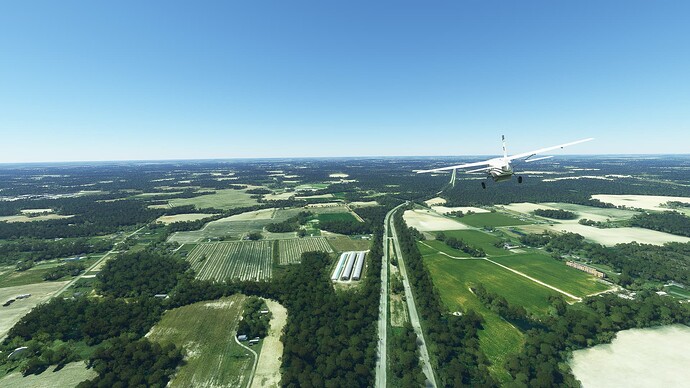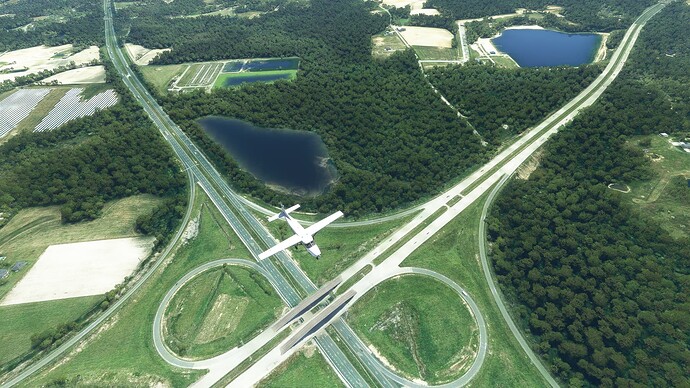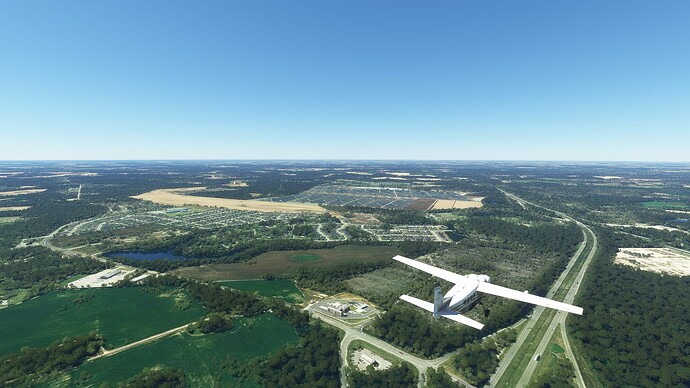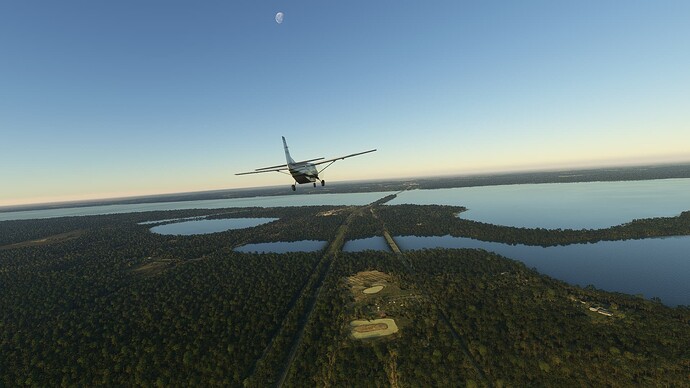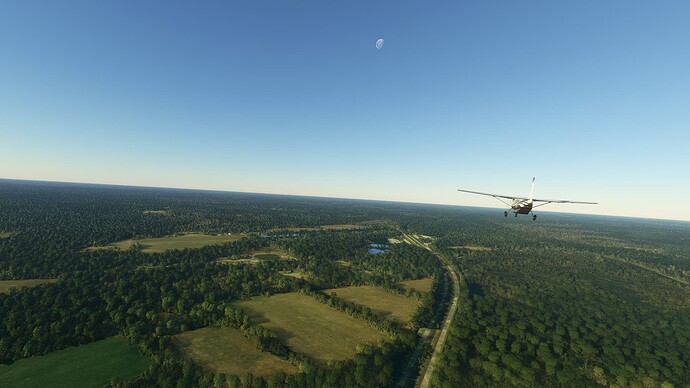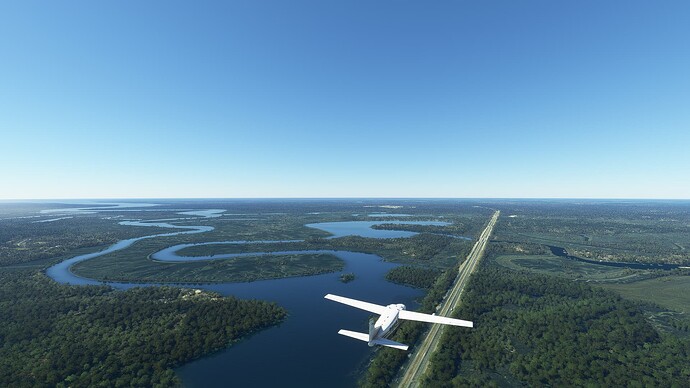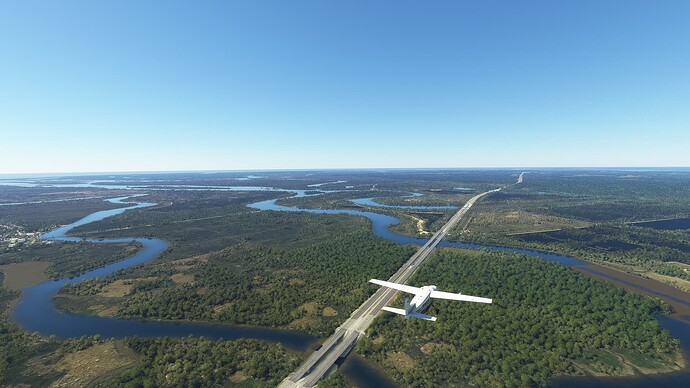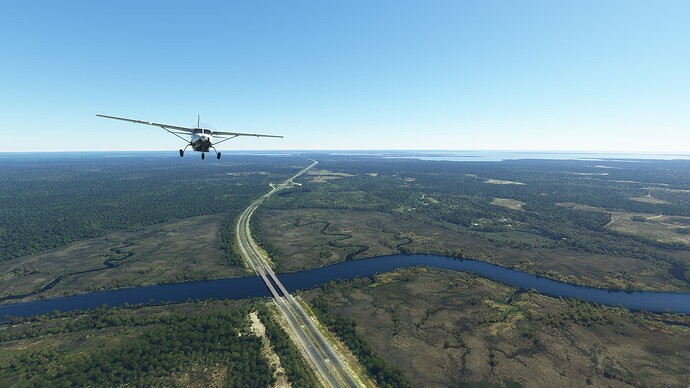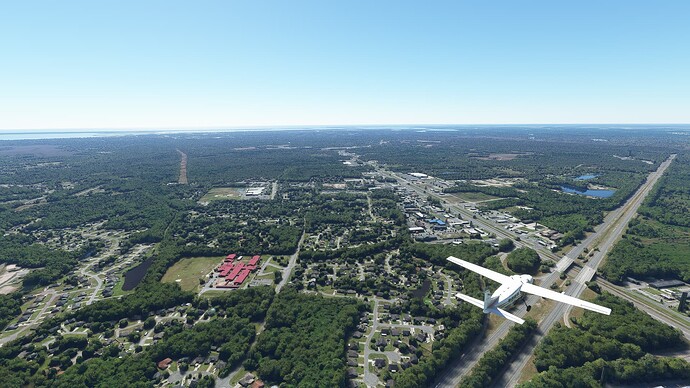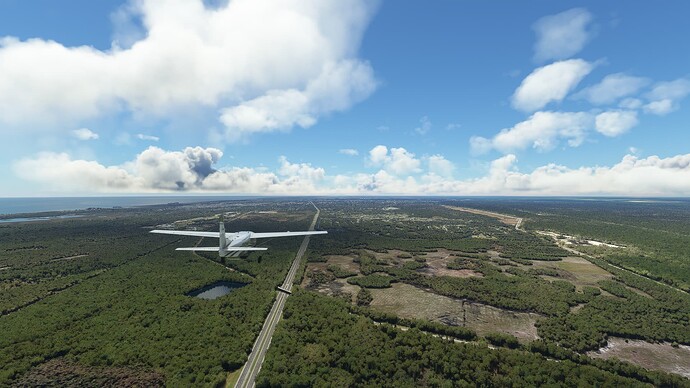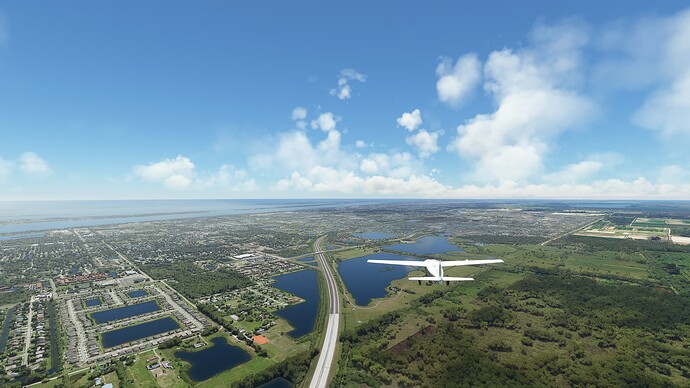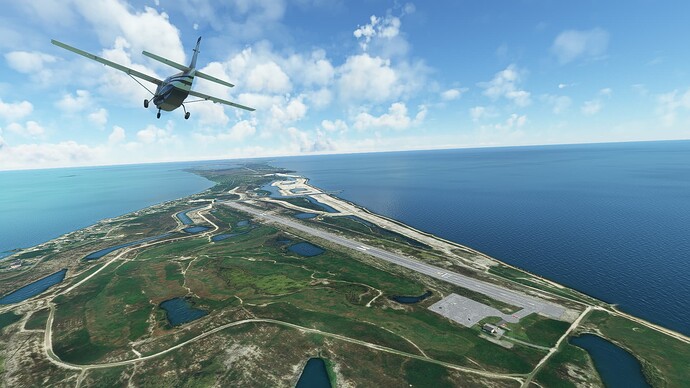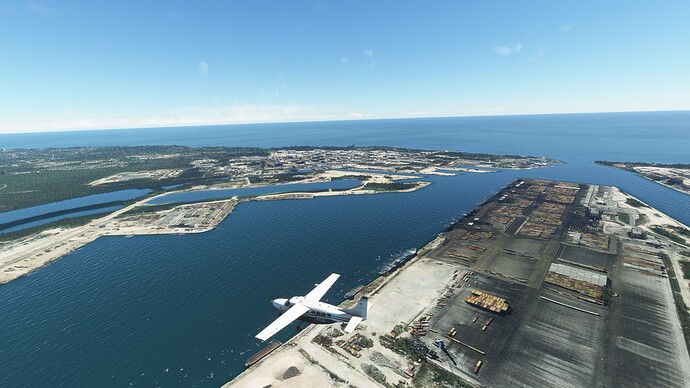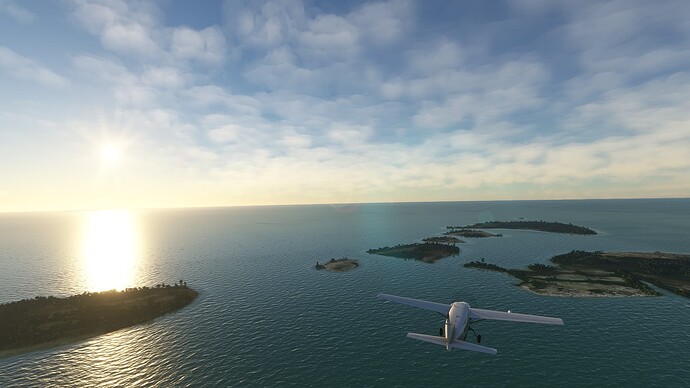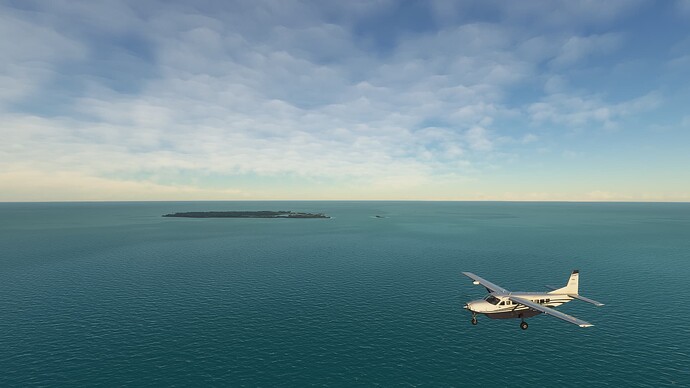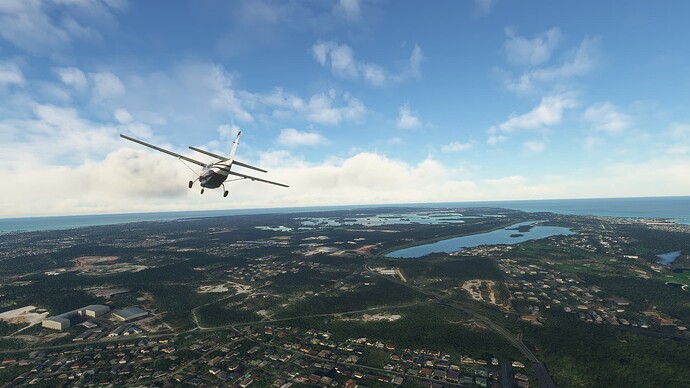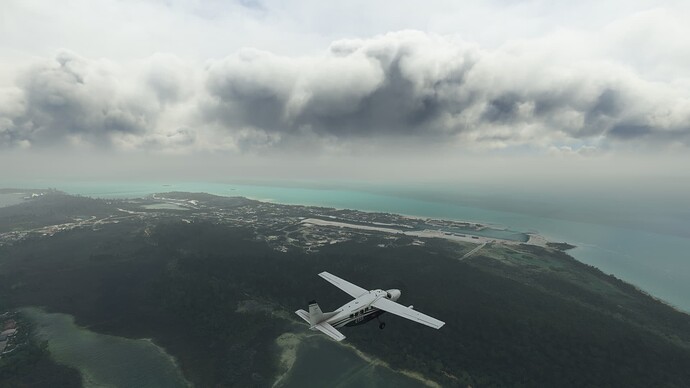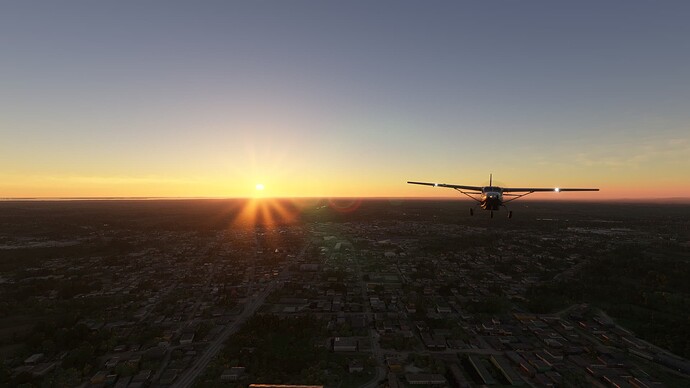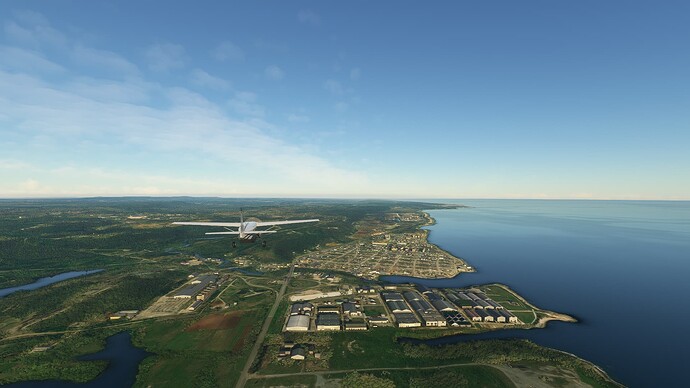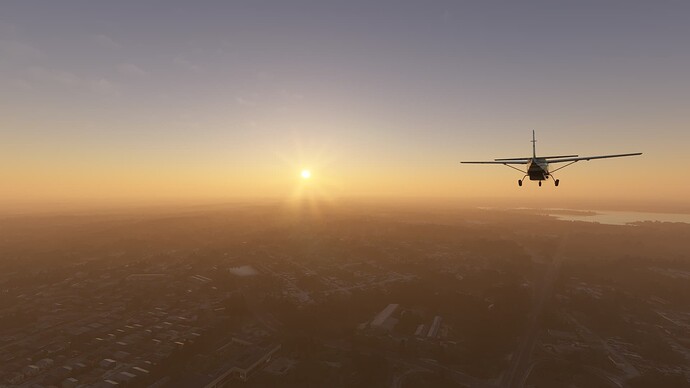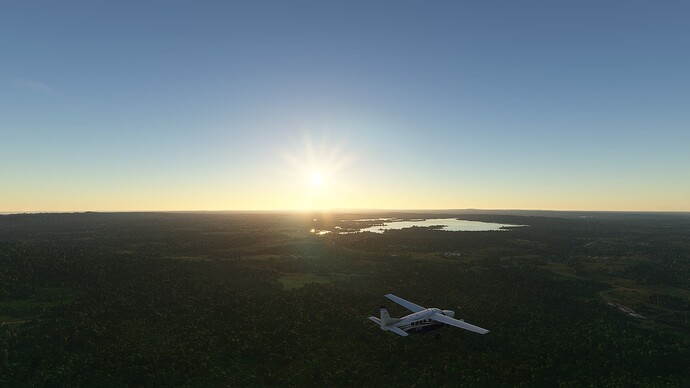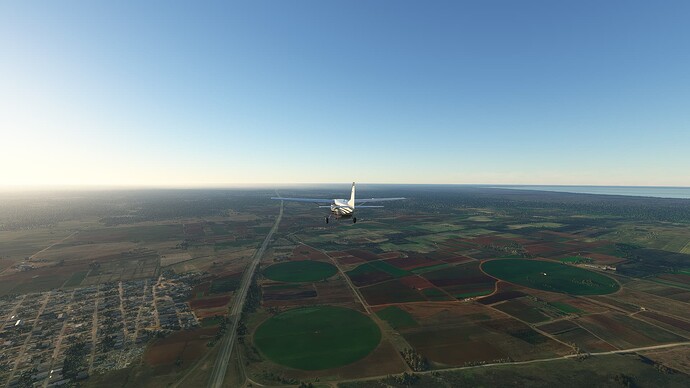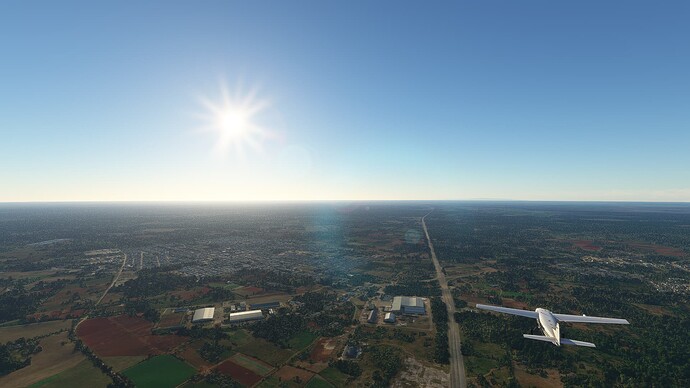Hazleton (KHZL) → Washington D.C. (KDCA).
1. Conyngham, Pennsylvania:
After taking off in the morning hours we came across this small village near Hazleton. After a bit of research I found out that it had a famous namesake - Gustavus Conyngham, one of the first American privateers and one of the most successful officers of the Continental Navy during the Revolutionary War.
2. Schuylkill County, Pennsylvania:
Perhaps you are wondering about the weird name of this county, but it makes a lot more sense after learning that it originates in Pennsylvania Dutch as the name of a nearby river. Settled in the 1750s by Moravian and Palatinate immigrants from Germany Schuylkill County was the first place where the famous anthracite coal of Pennsylvania was used for smithing.
3. Swatara State Park, Pennsylvania:
Swatara State Park is one of the youngest state parks in Pennsylvania. It was founded in 1987 and is nowadays still largely undeveloped with existing plans to construct a reservoir for recreational fishing and boating while also expanding the infrastructure of bike lanes and hiking paths.
4. Harrisburg, Pennsylvania:
Welcome to the state capital of Pennsylvania on the banks of Susquehanna River! Harrisburg was founded as an trading post and provisioning stop and grew in importance during the Westward Expansion due to the river connecting it with the Eastern United States. Later it became one of the most heavily industrialized cities of the Eastern United States and even today it is listed as one of the best US cities to raise a family in.
5. York, Pennsylvania:
According to some this is the first true capital of the United States of America! York, formerly known as Yorktown, was where the Congress drafted the Articles of Confederation in 1778, often claimed to be the first legal document of the United States (depending on whether or not the Declaration of Independence is counted to the Thirteen Colonies or the US). Still it has an important place in early US history.
6. Marathon Farm, Maryland:
I could not find much about this place but apparently it is a horse-breeding ranch near the Pennsylvania-Maryland state border. Anyways, it is pretty so I took a shot - purely for the aesthetics!
7. Savage Stone LLC, Maryland:
After seeing some interesting shapes in the fog south of Baltimore, Maryland I noticed that it was a large quarry full of dark grey rock. It turned out to be a granite quarry by the name of Savage Stone, directly south of I85 on the way to Washington D.C.
8. Washington D.C., District of Colombia:
We finally arrived in our second capital - Washington D.C. Coming in from the north along 7th Street we passed the White House and saw the Potomac River in front of us as well as the iconic Washington Monument on our right. From here our journey south will continue!
